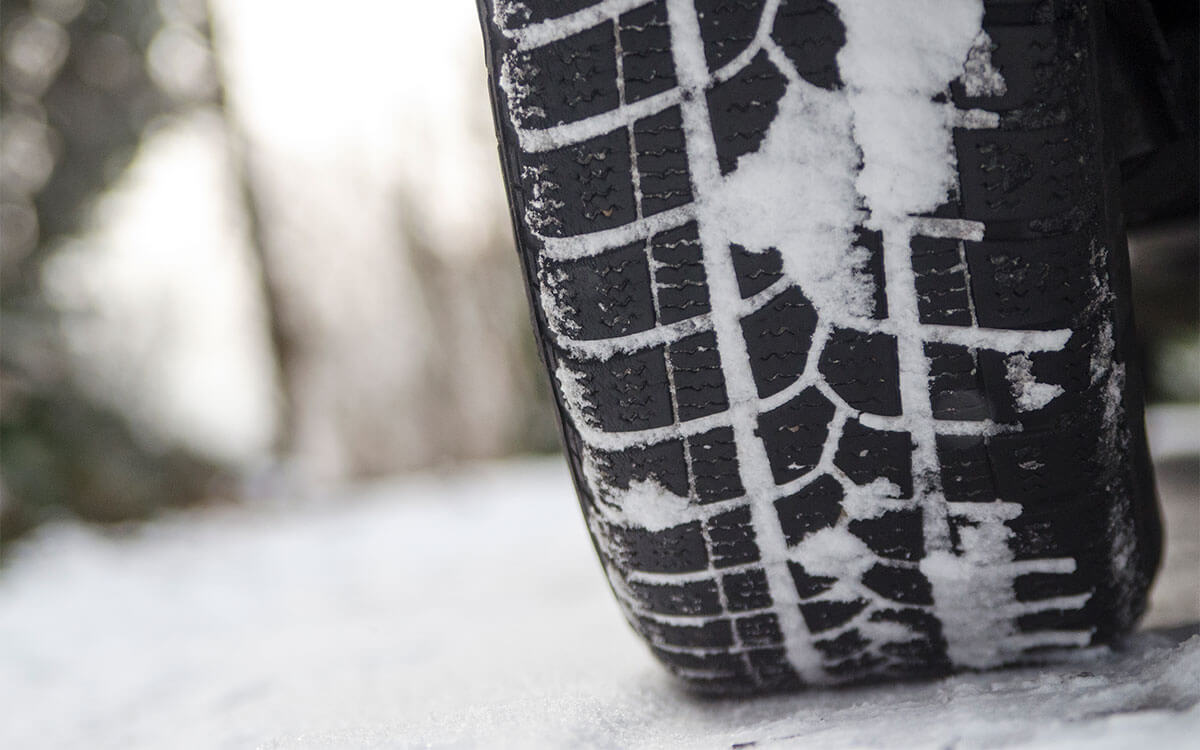Wherever your wheels take you (whichever ones you choose), we’re with you.
This is Newfoundland and Labrador. We pride ourselves on being able to thrive in our unpredictable winters. And boy! Are our winters ever unpredictable! So, it’s time to think about swapping out your tires before the mad rush.
It’s also time for the annual debate. Should I buy all-seasons or winter tires? Well, the more you know, the safer you and your family will be. So read on.
Aren’t all-seasons for ALL seasons?
Do you need winter tires if you have all-seasons? This is a common misconception, and an understandable one, considering the name! While all-seasons do handle winter conditions better than summer tires, they don’t offer the same capabilities as winter tires, especially on icy roads.
All-seasons have a tread pattern designed for comfort and fuel economy: small, smooth tread blocks that can slide on snow and ice. Winter tires have a heavy tread pattern to bite into ice and snow for reliable grip and stability. Winter tires also have sipes, slits in the tire treads, that improve a tire’s snow and ice-gripping ability. According to the Tire and Rubber Association (TRAC), winter tires offer up to 50% more traction than all-seasons.
So really, all-season tires are more like “three-season tires.”


Where the rubber meets the road
Another real difference? The rubber quality. As the temperature drops below 7°C, all-season tires begin to harden, like a hockey puck. The harder the tire, the more they lose grip and start sliding. Traction is completely gone at -15 °C. Winter tires are made of a softer compound that is engineered to stick better to cold roads – and stay that way – down to minus-40 C.
Tell me about it, stud
You can also get winter tires that are studded. Studded snow tires have metal pins protruding from the treads that dig into the ice while you drive. This provides the best traction in icy road conditions. However, they can also damage the road because those studs are tough enough to dig into pavement. While studded used to be considered the safest bet, advances in rubber compounding, tread designs, and other unique technologies are quickly making studless snow tires the preferred snow tire for many winter drivers.
* Remember: studded tires are only allowed to be used on Newfoundland and Labrador roads from November 1 to April 30 annually, as per NL’s studded tire regulations.
Fact is, there are many choices when it comes to tires. Talk to an expert about the right tires for you because it’s all about what will keep you and your family safe.

